Looking to add a touch of natural whimsy to your yard? Why not plant a tree with heart-shaped leaves! These charming trees are like receiving a love note from Mother Nature herself. From shades of green to vibrant reds and purples, their heart-leaved foliage is sure to make you swoon. Let’s explore 22 trees guaranteed to give your landscape some love!
Nature’s way of leaving love notes in your yard – plant one of these 22 trees with irresistible heart-shaped leaves.
1. Redbud Trees

Let’s start with a classic – the redbud tree (Cercis canadensis). These petite beauties are native to eastern North America and flaunt heart-shaped leaves in a rich green color. But the real show-stopper is their pink spring flowers that bloom right on the bare branches and trunk before the leaves emerge. It’s like the tree is blushing! Redbuds thrive in full sun to part shade and make lovely ornamental specimens or additions to shrub borders. Just don’t let those heart-shaped leaves fool you – redbuds have a coarse, bristly bark.
2. Catalpa Trees
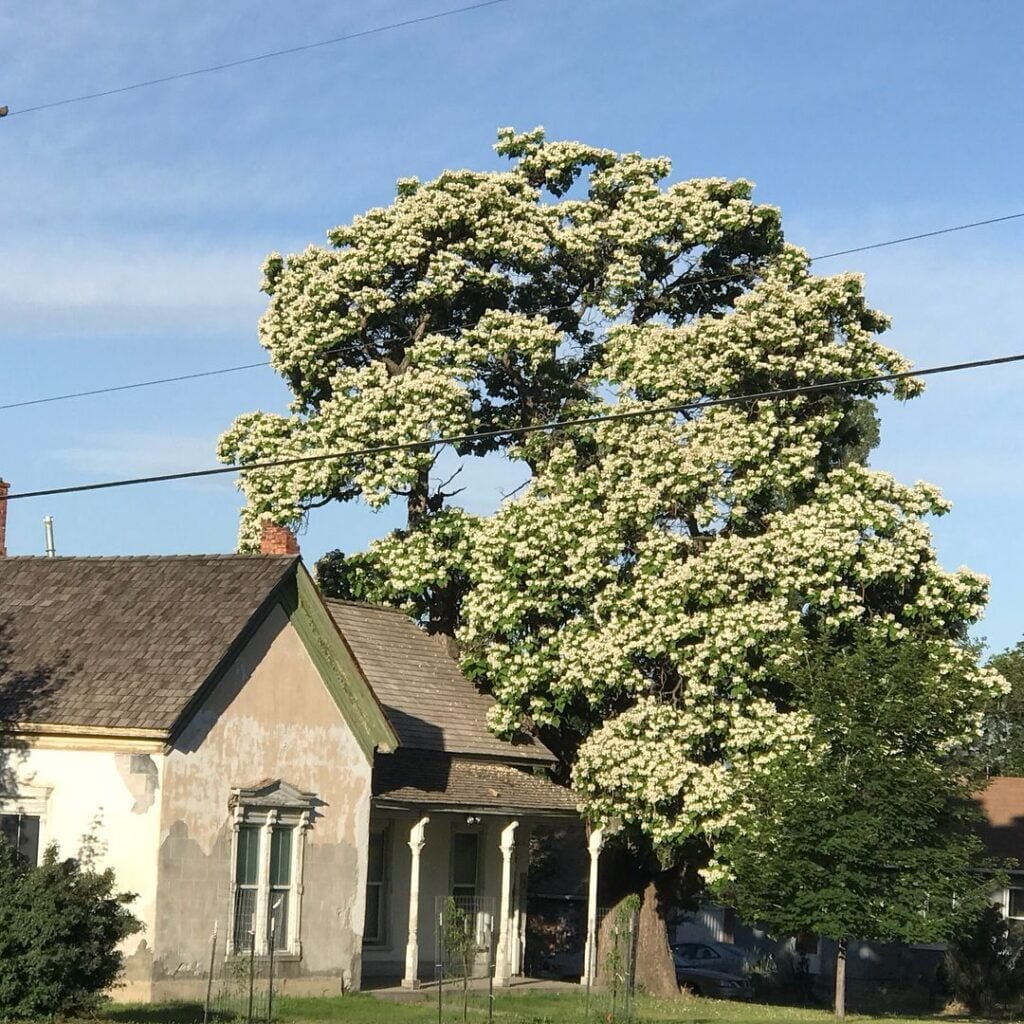
You know those long seed pods that look like beans? Those come from catalpa trees (Catalpa speciosa). With their oversized heart-shaped leaves, catalpas are truly unique. The foliage emerges a bright green in spring, creating beautiful heart-patterned shade. In late spring, catalpa trees produce striking white flower clusters reminiscent of trumpets. Then come late summer, those whimsical “bean” pods make an appearance, persisting into winter and giving this tree year-round interest.
3. Purple Leaf Plums

With a name like “purple leaf plum” (Prunus cerasifera), you know this tree means business. The leaves are a deep burgundy when they unfurl, lending a regal, formal appearance. But their heart shape keeps things fun and flirty. These plums are the life of the pretty tree party! An added bonus – they bear edible, reddish-purple fruits that are perfect for jams and pies. The dark foliage beautifully complements pink spring blooms.
Want more heart-melters? Here are 19 other trees guaranteed to make your heart go pitter-patter:
4. Sassafras (Sassafras albidum)
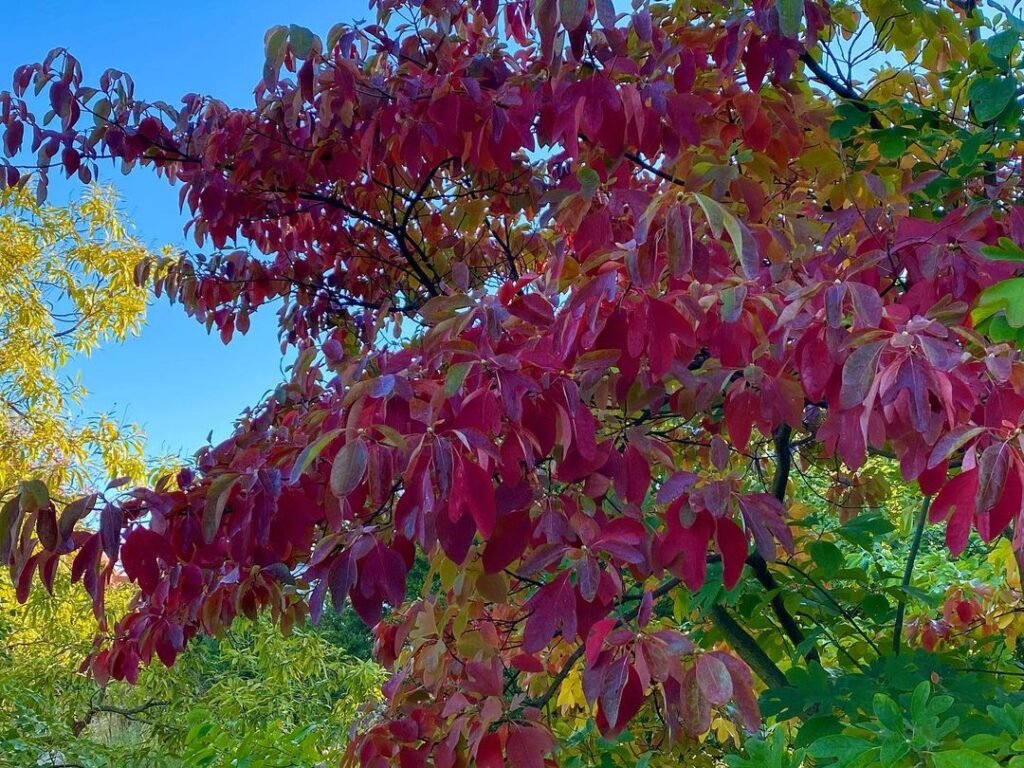
A beloved native with awesome fall color, sassafras trees have distinct mitten or heart-shaped leaves that emerge with a reddish hue. The leaves also have a sweet, citrusy aroma when crushed. This tree can sucker, so be prepared for a small sassafras grove over time.
5. Black Gum (Nyssa sylvatica)

Black gum is an elegant shade tree with a pyramid shape in youth, maturing to an oval form. The simple, heart-shaped leaves are glossy green in summer, turning brilliant shades of red, orange, and purple for amazing fall color. Black gums prefer moist, acidic soil.
6. Cucumber Magnolia (Magnolia acuminata)

As one of the largest magnolias, cucumber magnolia is a stunning garden specimen. The heart-shaped leaves have an unusual blue-green tint and silvery undersides. Plus, this magnolia blooms yellow tulip-shaped flowers in late spring. The fruits resemble small cucumbers, giving the tree its common name.
7. Butternut (Juglans cinerea)

With its broad, heart-shaped leaves and sweet, oily nuts, butternut is a wonderful native tree to grow. Also called white walnut, this spreading shade tree is a beautiful understory option for large landscapes. The nuts are beloved for their rich flavor in baked goods.
8. American Linden (Tilia americana)

The American linden, also called basswood, has heart-shaped leaves with lopsided bases, giving the foliage a quirky charm. This is a stately, sturdy shade tree with fragrant yellow flowers in early summer that attract lots of pollinators to the garden. Lindens thrive in full sun to partial shade.
9. European Beech (Fagus sylvatica)

For an elegant look, opt for a European beech tree. The heart-shaped leaves have wavy margins and emerge burgundy in spring, transitioning to lush green for summer. In fall, they turn a radiant golden copper before dropping. Beeches can be high maintenance, but their distinctive bark and architectural branching make them worth it.
Moon Cactus Care Guide (Gymnocalycium Mihanovichii)
10. Pawpaw (Asimina triloba)

The pawpaw is a delightful small native tree producing the largest edible fruit in North America. The leaves have a tropical appearance with their elongated, pointed heart shapes. Pawpaws can form attractive colonies by root suckers. Be patient – they can take 5-8 years before fruiting.
11. Persimmon (Diospyros virginiana)
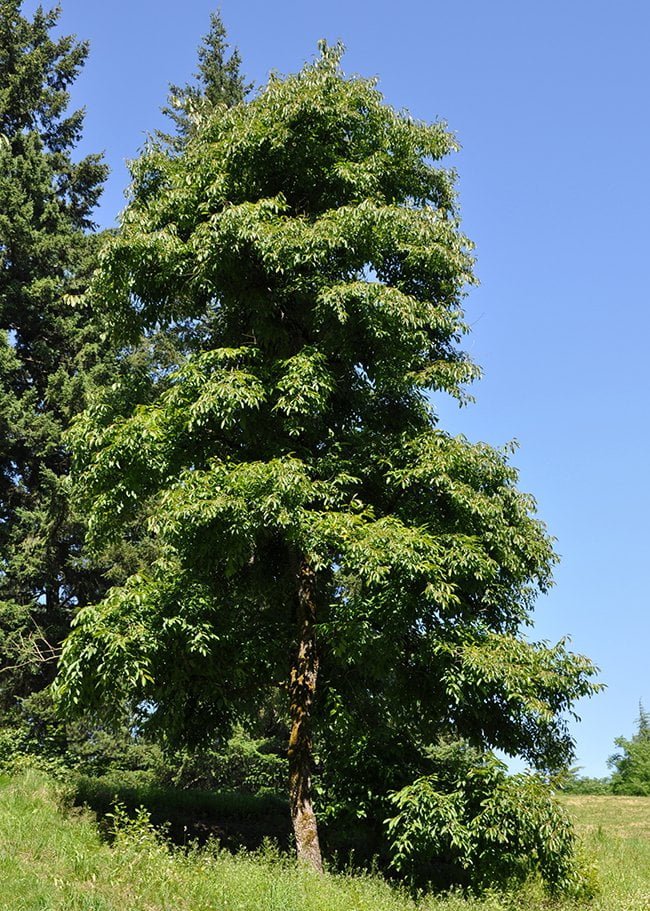
With a densely rounded crown and elegant branches, persimmon makes a wonderful shade tree. The heart to oval-shaped leaves turn a fantastic orange-red in fall. This native also bears edible yellow-orange fruits that taste similar to dates when fully ripe.
12. Black Walnut (Juglans nigra)

The king of walnut trees has large, compound leaves comprised of many individual leaflets with heart-shaped bases. Black walnut is valued for its high-quality hardwood, edible nuts, and glorious yellow fall foliage. Just watch out for its allelopathic properties that can hinder growth of plants underneath it.
13. Dogwood (Cornus florida)
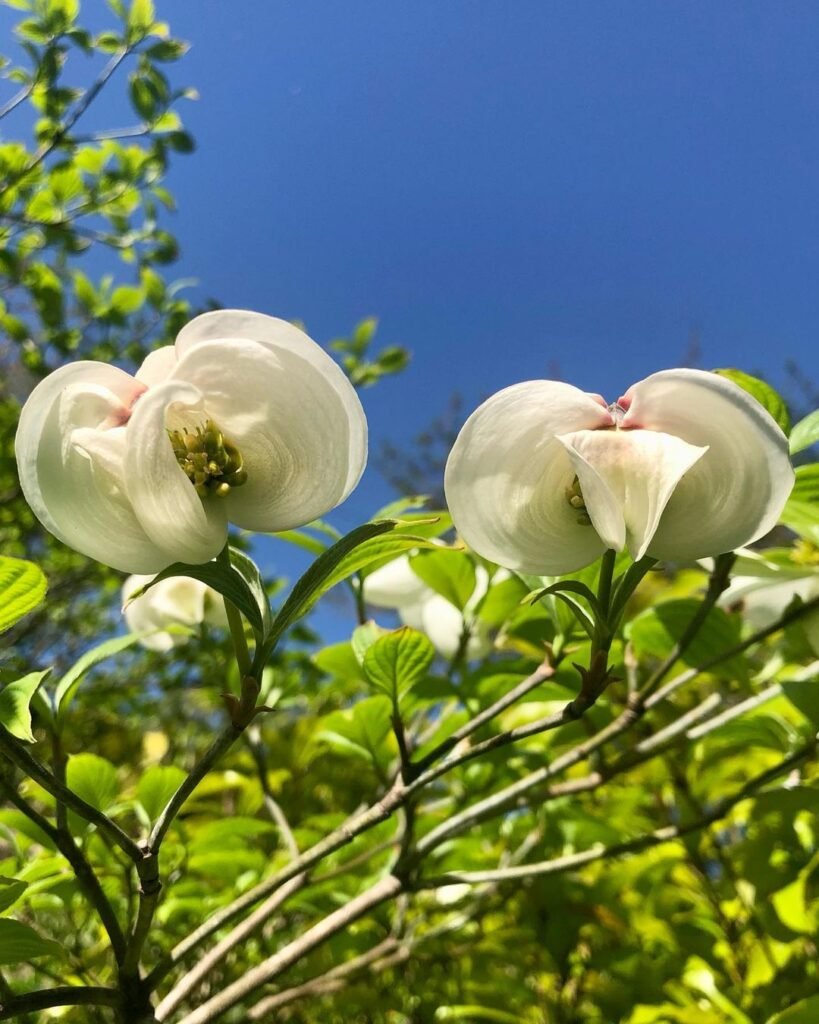
You can’t have a heart-shaped leaf list without including the beloved dogwood! This small native tree is a landscape staple featuring white or pink spring flowers and brilliant red fall color. The leaves are nicely shaped, simple heart forms that turn crimson before dropping.
Let your landscape profess its love with the romantic foliage of these 22 captivating heart-shaped leaf trees.
14. Tulip Tree (Liriodendron tulipifera)
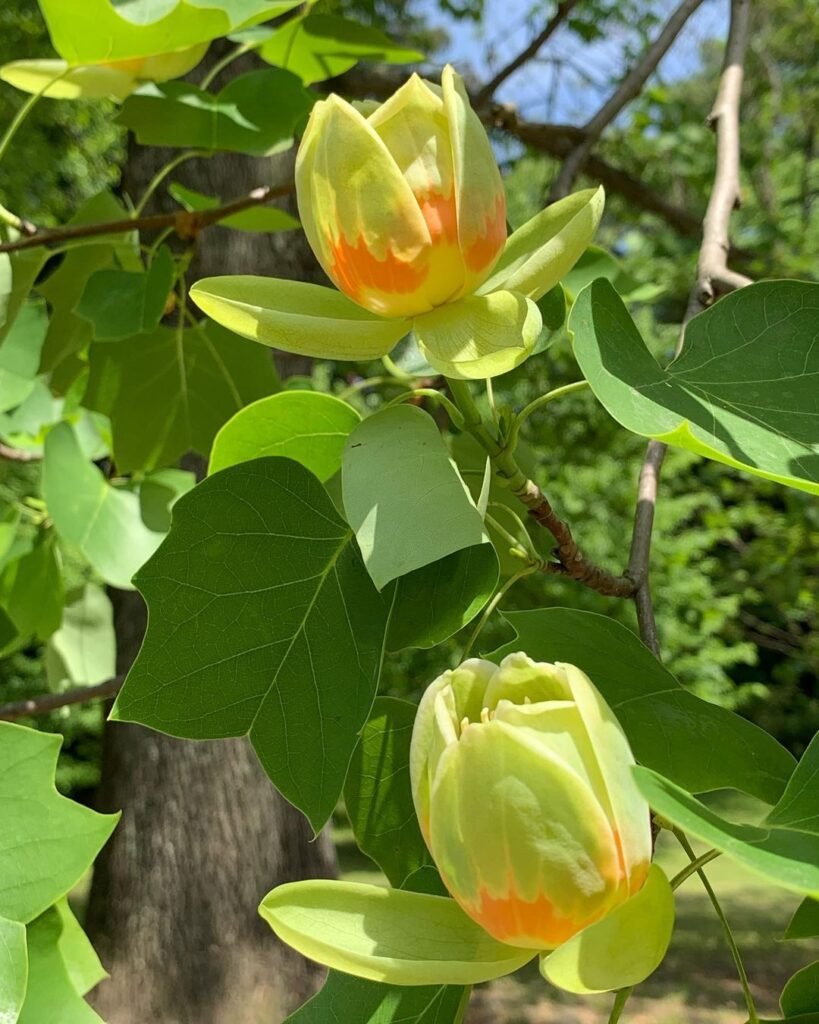
For a truly majestic look, consider the towering tulip tree. It has large, unique heart-shaped leaves with a squared shape and distinctive points on the tips. The tulip-like yellow-green blossoms that emerge in late spring only add to this tree’s grandeur. Tulip trees offer plentiful shade once mature.
20 Low Light Succulents For Indoor Spaces
15. Sweetbay Magnolia (Magnolia virginiana)

This lovely native evergreen or semi-evergreen magnolia sports glossy, semi-thick foliage with charming heart shapes. Sweetbay magnolias have a multi-trunked form and produce creamy white lemon-scented flowers in late spring. They prefer acidic, богата почва а als dappled shade.
16. Big Leaf Maple (Acer macrophyllum)
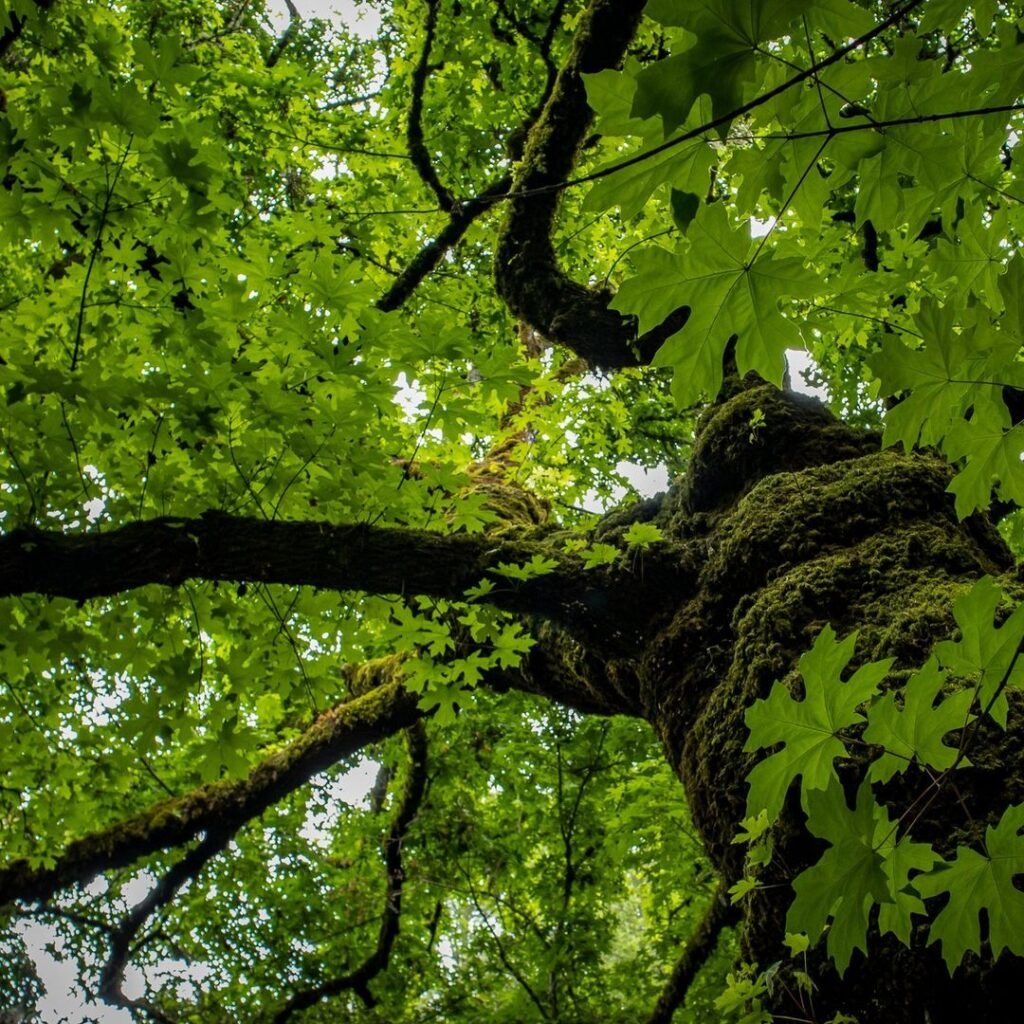
As its name suggests, this western maple has the largest leaves of any maple – up to 12-inch diameters! The heart-shaped leaves make big leaf maples an unbeatable shade tree choice for West Coast gardens. This moisture-loving species is highly drought tolerant once established.
17. Mulberry (Morus spp.)
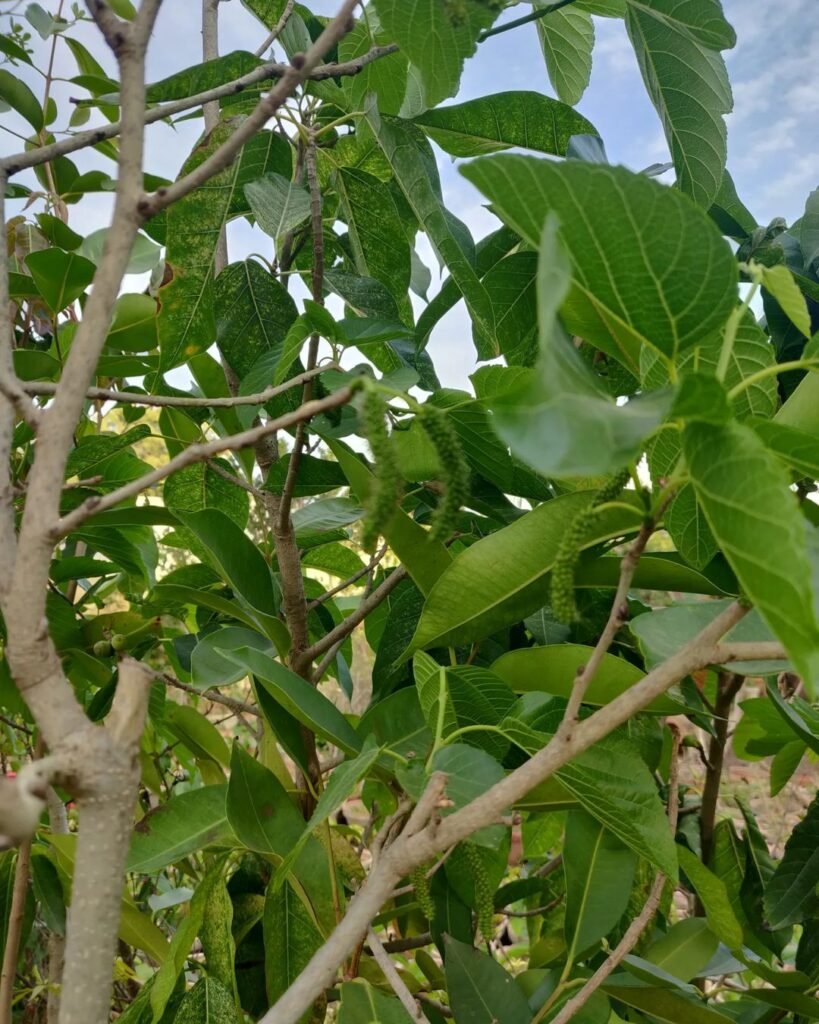
These unique fruiting trees have heart-shaped, heavily textured leaves. The plump mulberries attract scores of birds to the garden if you don’t get to them first! Look for selections like ‘Pakistan’ or ‘Illinois Everbearing’ for prolific fruiting. Mulberries have an open, spreading growth habit and cast dappled shade.
18. Ohio Buckeye (Aesculus glabra)
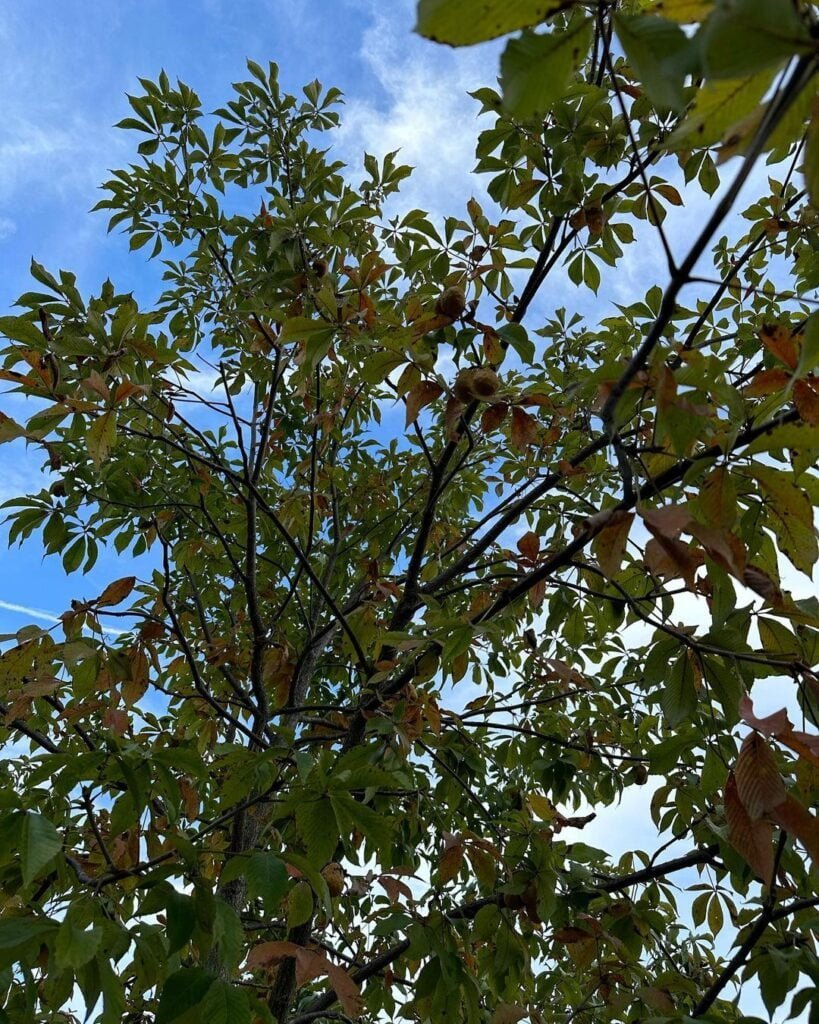
Ohio buckeyes are small, understory trees that hail from the Ohio River Valley region. Their big, shiny, palmately compound leaves with five leaflets flaunt a unique heart shape. Big showy panicles of yellow-green blooms appear in spring, accompanied by inedible “buckeye” nut capsules.
19. Sycamore (Platanus occidentalis)
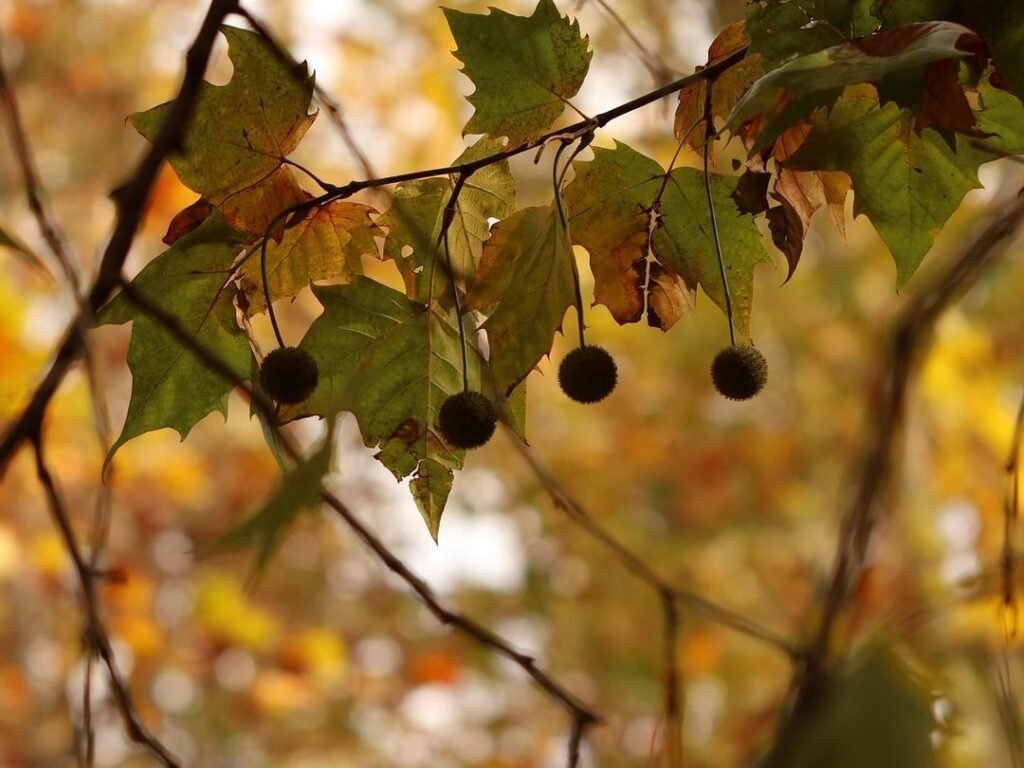
A towering icon of the North American landscape, sycamores are hard to miss with their exfoliating bark and massive heart-shaped leaves. The foliage is made up of maple-like lobed leaflets arranged alternately on the branches. Sycamores provide fantastic dappled shade when mature.
20. Cottonwood (Populus spp.)
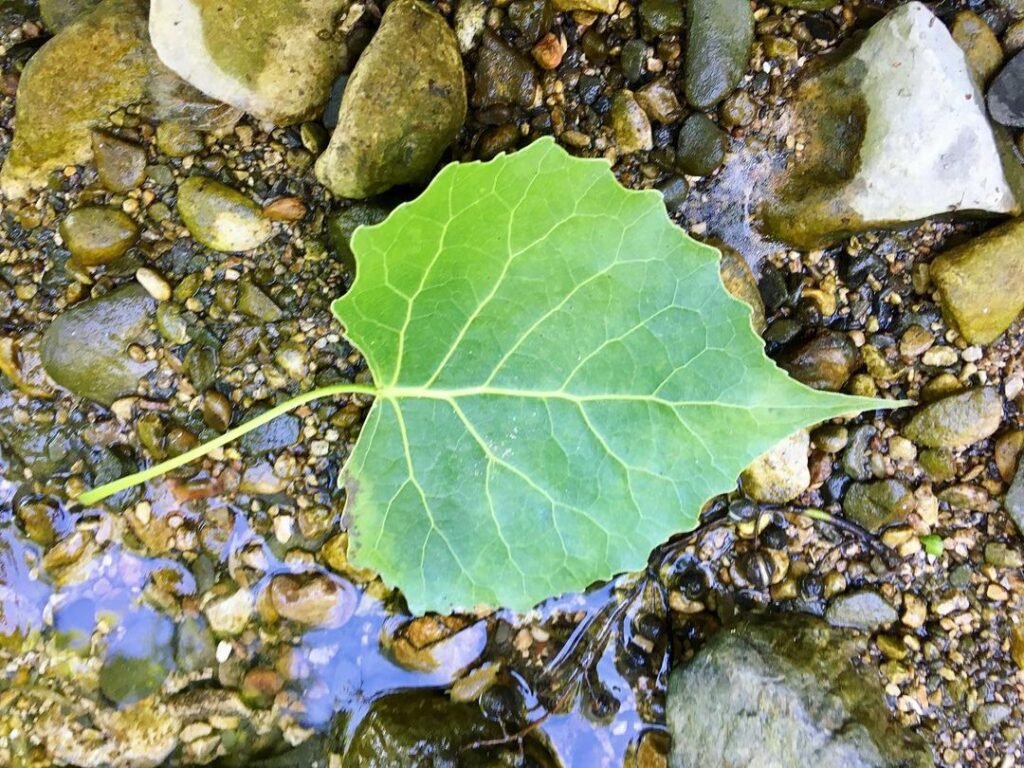
No tree epitomizes the heart shape more than the statuesque cottonwood. These are the trees that release clouds of cottony seeds each spring. Their huge simple leaves have perfectly formed heart shapes and dance in the slightest breeze, creating gorgeous shimmering effects.
21. Black Locust (Robinia pseudoacacia)
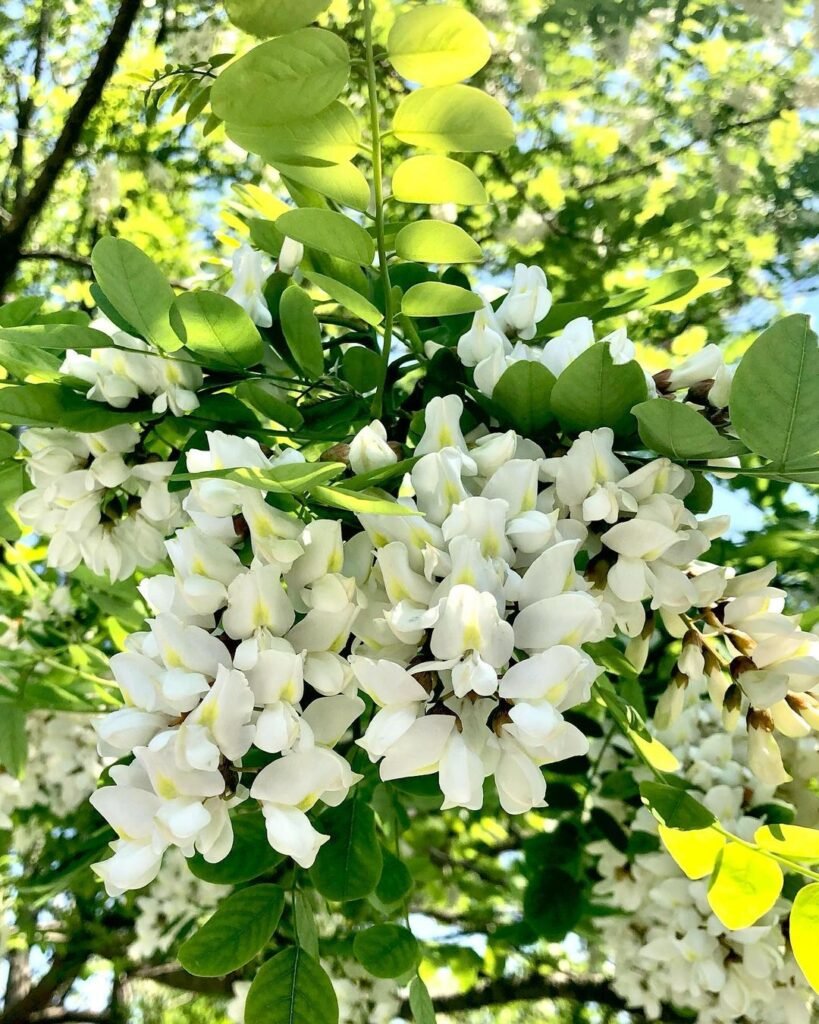
This tough shade tree has delicate fern-like leaves composed of multiple heart-shaped leaflets. In late spring, it produces showy panicles of white sweet-scented blooms. Black locusts are tolerant of poor soils and urban conditions, but can self-seed aggressively.
22. Empress Tree (Paulownia tomentosa)

For truly massive heart-shaped leaves, look no further than the exotic empress tree. Each leaf can reach over a foot wide! This Asian native has a rapid growth rate and produces large violet-hued flowers in spring. Empress trees do best in full sun and well-draining soil.
With so many heart-themed tree choices, you’re bound to fall in love with at least one (or a few!). Plant them front and center in your landscape to proclaim your love of nature’s charming details. Just don’t go breaking any hearts if you have to prune a few branches!
Pingback: 22 Trees With Heart-Shaped Leaves That Will Ste...
Pingback: Exploring the Wonderful World of Epipremnum Pinnatum Varieties -
Pingback: How to Grow and Care for Lady Plants Indoors gardeners Sch
Pingback: 22 Trees With Heart-Shaped Leaves That Will Ste...
Pingback: Plants in Bathroom: How to Turn Your Bathroom into a Green Oasis
Pingback: 15 Of The Best Plants To Grow In Your Kitchen -
Pingback: How to Grow and Care for Virginia Creeper Gardeners School
Pingback: Shampoo Ginger Lily Care: Planting, Growing and Maintenance Guide
Pingback: Journey into Greenery: Trees That Begin with ‘J’
Pingback: Beautiful Trees That Start With ‘R’ - Gardener's School
Pingback: Stunning Trees That Start with ‘E’ gardeners school
Pingback: Trees That Start with Y: Natural Beauty Explained
Pingback: The Best Hanging Plants to Grow in 2024: Top 20 List
Pingback: Nature’s Beauty: Trees That Start with ‘Q’
Pingback: Ctenanthe : A Comprehensive Guide to Growing and Caring
Pingback: Wonderful Woods : Trees That Start with W -
Pingback: Alocasia Stingray Care Guide Gardeners Schools
Pingback: Philodendron Silver Sword Care Guide - Gardener's School
Pingback: Lush and Lovely: Trees That Start with ‘L’
Pingback: 15 Beautiful Blue House Plants to Grow Indoors - Gardener's School